BioChemistry > QUESTIONS & ANSWERS > Biochemical principles of nutrition and toxicology 262 (BCM 262) summary of ALL lecture notes (All)
Biochemical principles of nutrition and toxicology 262 (BCM 262) summary of ALL lecture notes
Document Content and Description Below
Definitions • Xeno biochemistry (in Greek: ‘Xeno’ means foreign): the study of the PK and PD of foreign compounds or normal compounds at abnormal concentration in the organism (human, anima... l, bird, reptile, fish, plant, insect, fungus, bacteria or virus) • Pharmacokinetics (in Greek: ‘pharmacon’ meaning drug and ‘kinetikos’ meaning putting in motion, the study of time dependency (dC/dt), sometimes abbreviated as ‘PK’): a branch of pharmacology dedicated to the determination of the fate of substances (drugs or nutrients) administered externally to a living organism • Pharmacodynamics: the study of the biochemical and physiological effects of drugs on the body or on microorganisms or parasites within or on the body and the mechanisms of drug action and the relationship between drug concentration and effect Aspirin • Aspirin or acetylsalicylic acid, is a derivative of salicylic acid that is a mild, nonnarcotic analgesic useful in the relief of headache and muscle and joint aches • The drug works by inhibiting the production of prostaglandins, body chemicals that are necessary for blood clotting and which also sensitize nerve endings to pain • The father of modern medicine is Hippocrates, who lived sometime between 460 B.C and 377 B.C. • Hippocrates has left historical records of pain relief treatments, including the use of powder made from the bark and leaves of the willow tree to help heal headaches, pains and fevers • By 1829, scientists discovered that it was the compound called salicin in willow plants which gave you the pain relief Understanding the first lecture on aspirin • The Greek physician Hippocrates wrote in the 5th century BC about a bitter powder extracted from willow bark that could ease aches and pains and reduce fevers • This remedy was also mentioned in texts from ancient Sumer, Lebanon, and Assyria • The Cherokee and other Native Americans used an infusion of the bark for fever and other medicinal purposes for centuries• The medicinal part of the plant is the inner bark and was used as a pain reliever for a variety of ailments • The Reverend Edward (Edmund) Stone, a vicar from Chipping Norton, Oxfordshire, England, noted in 1763 that the bark of the willow was effective in reducing a fever • The active extract of the bark, called salicin, after the Latin name for the white willow (Salix alba), was isolated in crystalline form in 1828 by Henri Leroux, a French pharmacist, and Raffaele Piria, an Italian chemist • Piria was able to convert the substance into a sugar and a second component, which on oxidation becomes salicylic acid • Salicylic acid was also isolated from the herb meadowsweet (Filipendula ulmaria, formerly classified as Spiraea ulmaria) by German researchers in 1839 • While their extract was somewhat effective, it also caused digestive problems such as gastric irritation, bleeding, diarrhea, and even death when consumed in high doses • All structures (unless specifically excluded) and definitions are for tests and exams • Tables of data will be provided in tests and exams, you need to be able to interpret the data in the tables (medicinal chemistry is the highest paying job in chemistry) Lipinski's rule of five the five criteria for an orally active drug 1. Not more than 5 hydrogen bond donors (nitrogen or oxygen atoms with one or more hydrogen atoms) 2. Not more than 10 hydrogen bond acceptors (nitrogen or oxygen atoms) 3. A molecular weight under 500 g/mol HO O OH 2-hydroxybenzoic acid Salicylic acid Lead compound O OH O O CH3 CH3 O O OH methyl 2-hydroxybenzoate Methyl salicylate Winter green 2-(acetyloxy)benzoic acid Aspirin O OH O O CH3 O OH O O CH3 propyloxy... butyloxy... HO O OH CH3 HO O OH CH3 ethyl... propyl... F CH3 S O NH O CH3 O-methyl 2-(acetylamino)-5-fluorobenzenecarbothioate4. A partition coefficient log P less than 5 5. Not more than one of the above rules should be violated (Note that all numbers are multiples of five, which is the origin of the rule's name) Understanding the first lecture on aspirin attend lectures 2 to 8! • Biotransformation of salicylate takes place in many tissues, but particularly in hepatic endoplasmic reticulum and mitochondria • The three chief metabolic products are salicyluric acid (the glycine conjugate), the ether or phenolic glucuronide, and the ester or acyl glucuronide • In addition, a small fraction is oxidized to gentisic acid (2,5-dihydroxybenzoic acid) and to 2,3-dihydroxybenzoic and 2,3,5-trihydroxybenzoic acids • Wilson and associates (1978) found an additional metabolite of salicylic acid in man gentisuric acid, the glycine conjugate of gentisic acid • Salicylates are excreted mainly by the kidney • Studies in man indicate that salicylate is excreted in the urine as free salicylic acid (10%), salicyluric acid (75%), salicylic phenolic (10%) and acyl glucuronides (5%), and gentisic acid (1%) Paracelsus • The father of toxicology is Paracelsus (1493-24 September 1541), born Philippus Aureolus Theophrastus Bombastus von Hohenheim, was a Swiss physician, alchemist and astrologer of the German Renaissance • ‘All substances are poisons: there is none that is not a poison, the right dose differentiates a poison and a remedy.’ • Apostolides ‘Show me a poison and I will show you a therapy.’ • Not for tests or exams! ADME • Absorption is the process of a substance entering the body • Distribution is the dispersion or dissemination of substances throughout the fluids and tissues of the body • Metabolism is the irreversible transformation of parent compounds into daughter metabolites • Excretion is the elimination of the substances from the body• In rare cases, some drugs irreversibly accumulate in a tissue in the body • LD50 dose • (mg/kg body weight per day) • That is lethal to 50% of the exposed subjects • If the Standard man weighs 72 kg, how many mg of nicotine per person per day will be lethal to 5 out of 10 people, if a person absorbs 1 mg nicotine per cigarette? • 72 mg nicotine, or 72 cigarettes per day • If the Standard man weighs 72 kg, how many grams of salt per person will be lethal to 5 out of 10 people? • 288 grams salt, or one teacup full per person. Agents Species LD50 (mg/kg body weight/day) Ethanol Mouse 10, 000 Sodium chloride Mouse 4, 000 Morphine sulfate Rat 900 Phenobarbital, sodium Rat 150 DDT Rat 100 Strychnine sulfate Rat 2 Nicotine Rat 1 Tetrodotoxin Rat 0.1 Dioxin (TCDD) Guinea pig 1 x 10-3 Botulinum toxin (Botox) Rat 1 x 10-5 Ricin Human 2 x 10-3 Abrin Human 1 x 10-6 The table of toxicity illustrates the importance of • Source of the toxin (plant, micro-organism, insect, snake etc.) • Species of animal (mouse, rat etc.)• Size of the animal (body mass) • Target of toxin (neuro-, cyto-, hemo-, cardiotoxin) • Route of entry (oral, inhalation, injection etc.) Importance of animal species • Mongoose and honey badgers (ratels) are not affected by venom of snakes (mambas and cobras) that have neurotoxins in their venoms! • Why? http://www.slate.com/blogs/wild_things/2015/06/16/honey_badger_venom_resistance_bi ologists_discover_the_secret.html Computational toxicology (a tool for early safety evaluation) • Merlot, C., 2010. Computational toxicology - a tool for early safety evaluation. Drug discovery today, 15(1), pp.16-22Toxic effects may be • Direct or indirect (toxin or pro-toxin) • Local or systemic (at site of injury e.g. acid burn, or whole body rash) • Immediate or delayed (nervous system or other organ, liver, kidneys, lungs) • Reversible or irreversible (has antidote, or long recovery period) Toxicity may in many cases be monitored before the lethal effect is observed • An example is the effect of hydrazine that causes an increase in liver triglycerides and liver weight • Hydrazine is an industrial chemical for making foam Ethics and animals • The effects of xenobiotics on living systems are frequently studied on animals • It is important to pay attention to ethical considerations when using animals • First and foremost consider the 4 Rs a. Replacement (of animals, use in vitro methods if feasible) b. Reduction (of animals, use statistics to reduce number of animals (inbred lines)) c. Refinement (of methods, to reduce pain and suffering of animals) d. Responsibility (treatment and care of animals e.g. boarding and lodging) • Use of inbred lines reduces standard variation and thus requires a smaller sample number (n) for finding p < 0.05 in student’s t-test • However, inbred lines may not represent a whole species, e.g. use of beagle dogs will not represent all dogs [Show More]
Last updated: 1 year ago
Preview 1 out of pages

Reviews( 0 )
Document information
Connected school, study & course
About the document
Uploaded On
Jun 28, 2021
Number of pages
Written in
Additional information
This document has been written for:
Uploaded
Jun 28, 2021
Downloads
0
Views
1


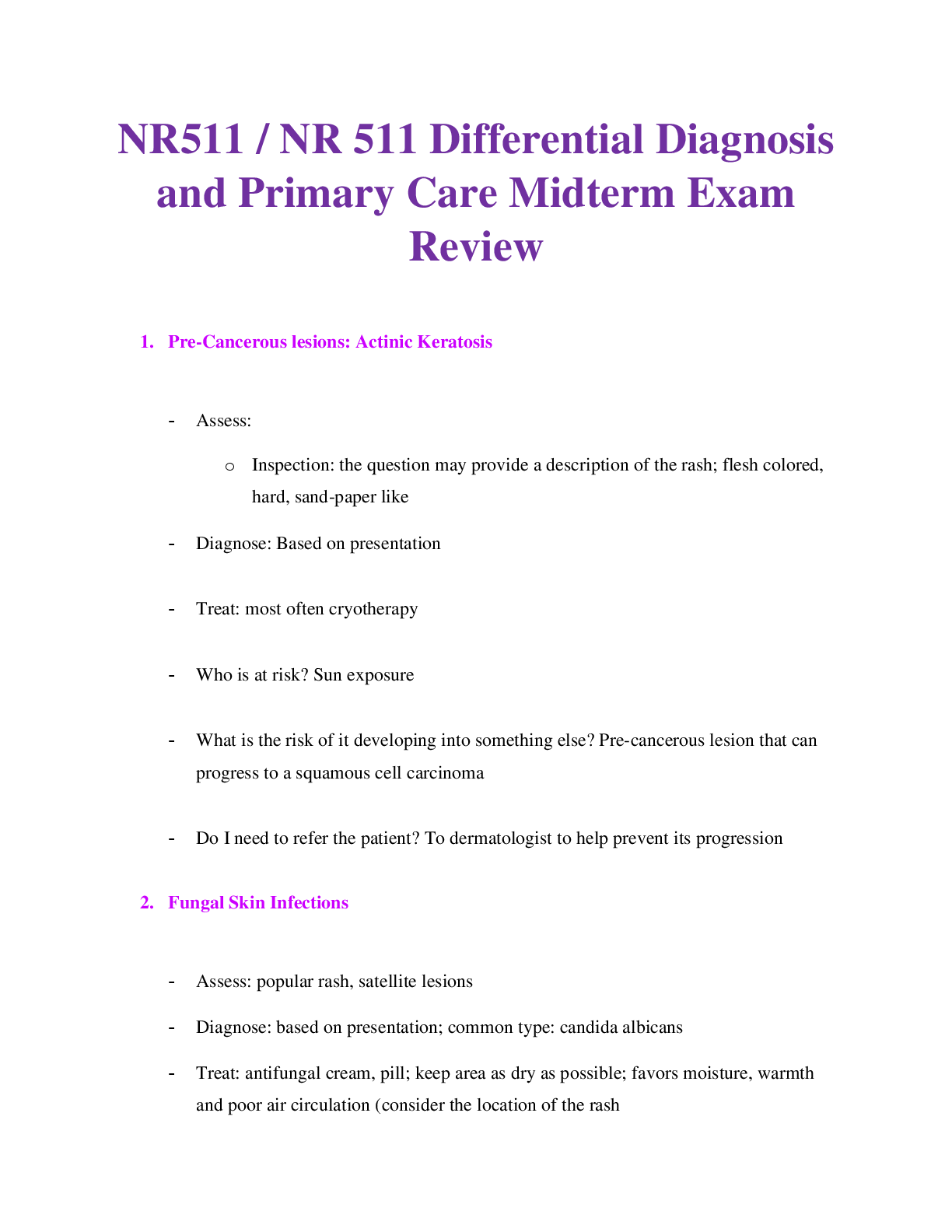
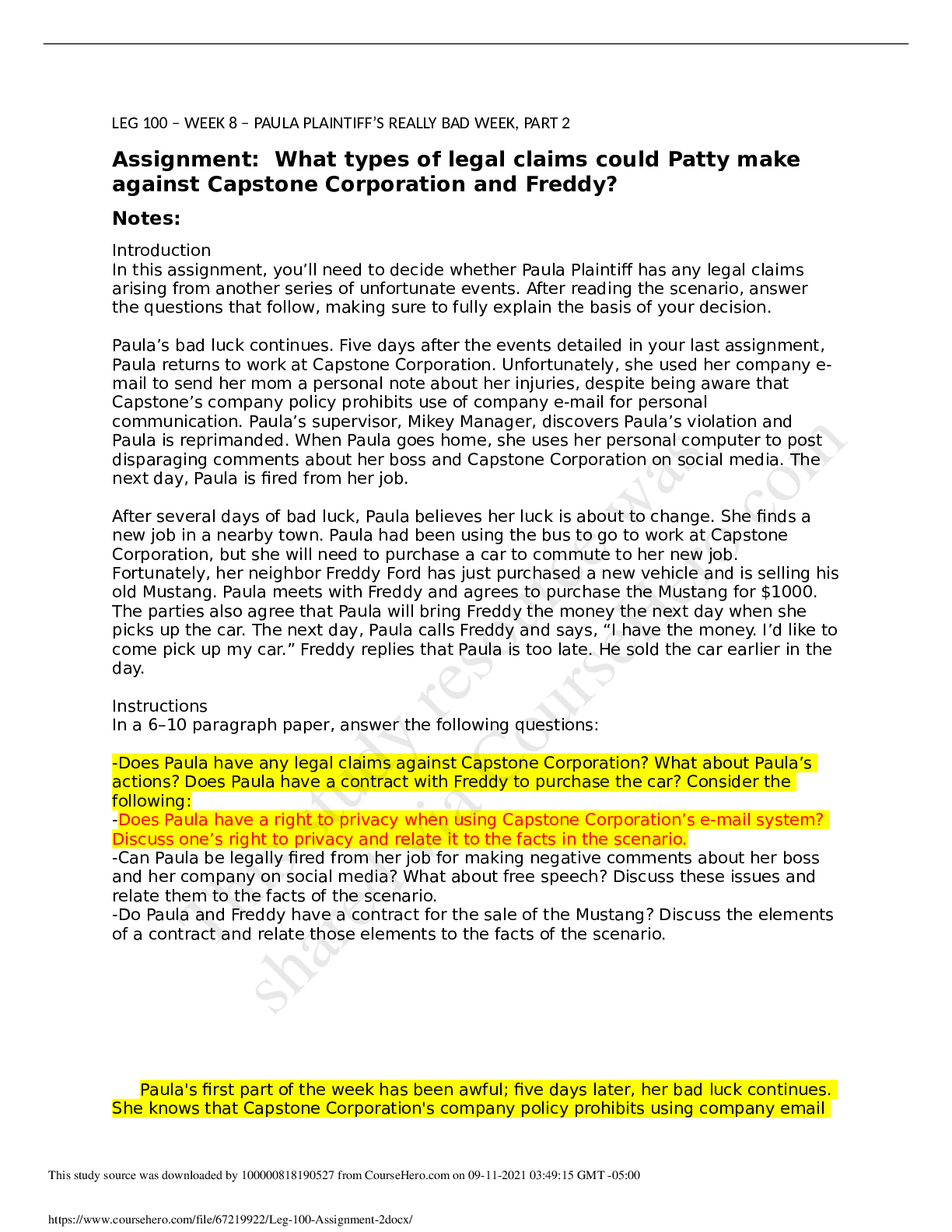

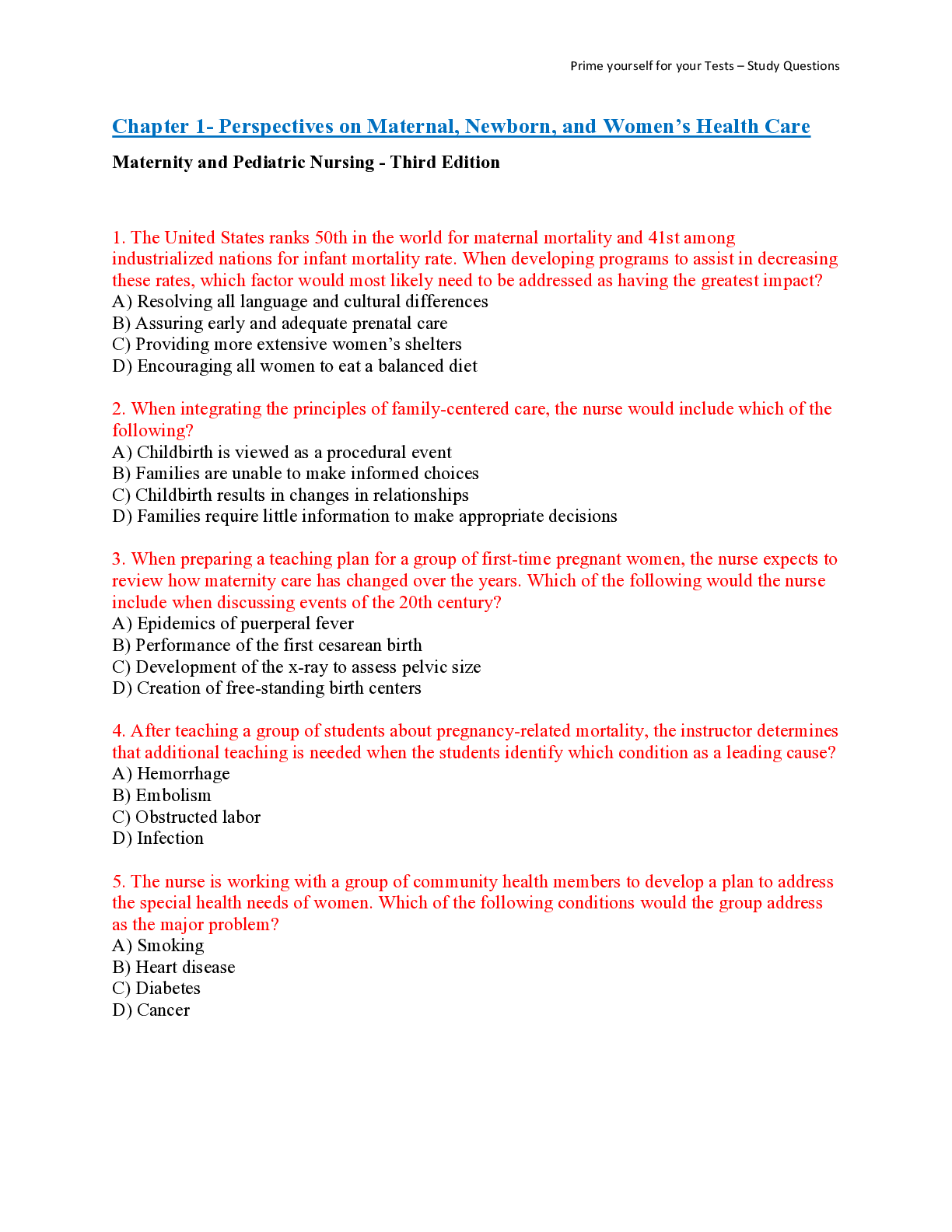


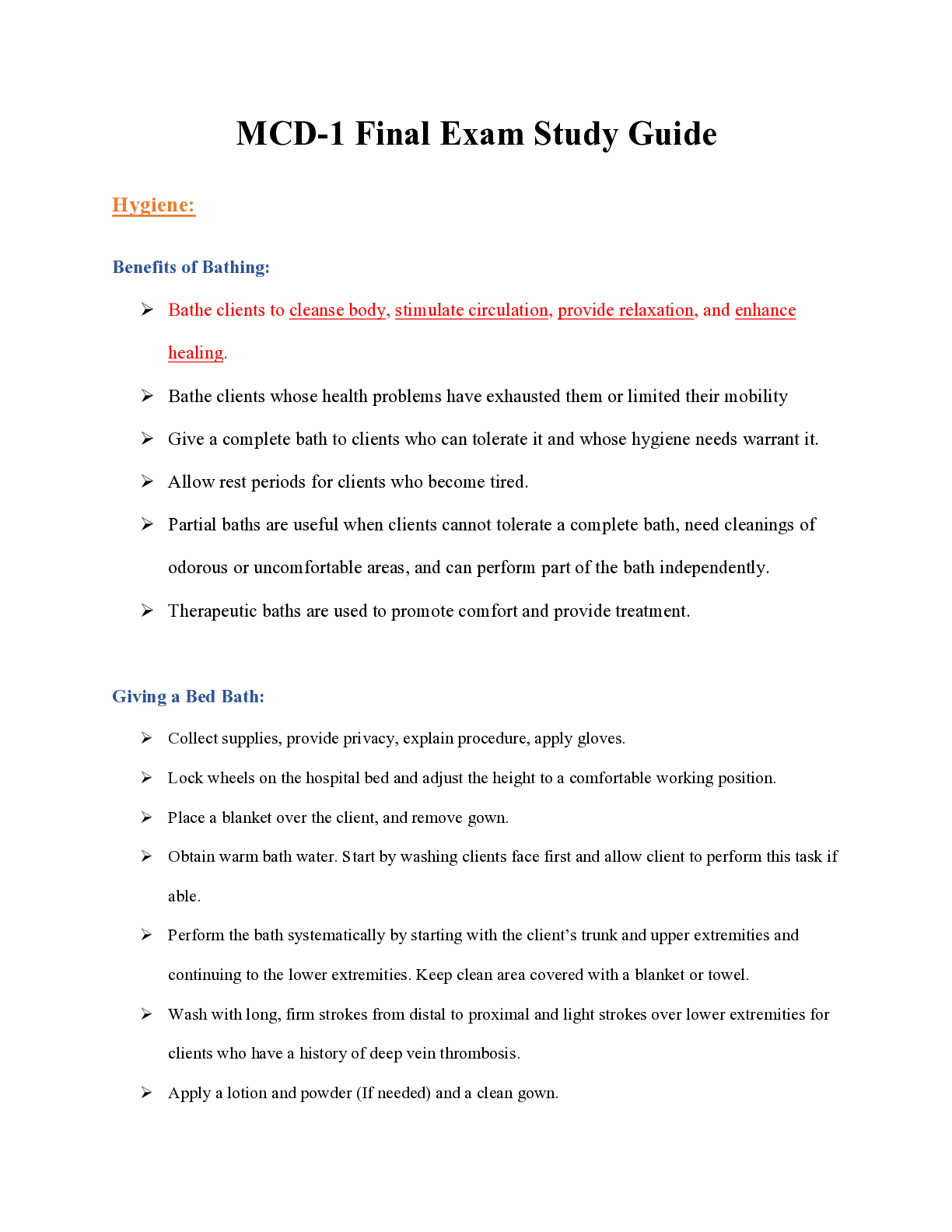

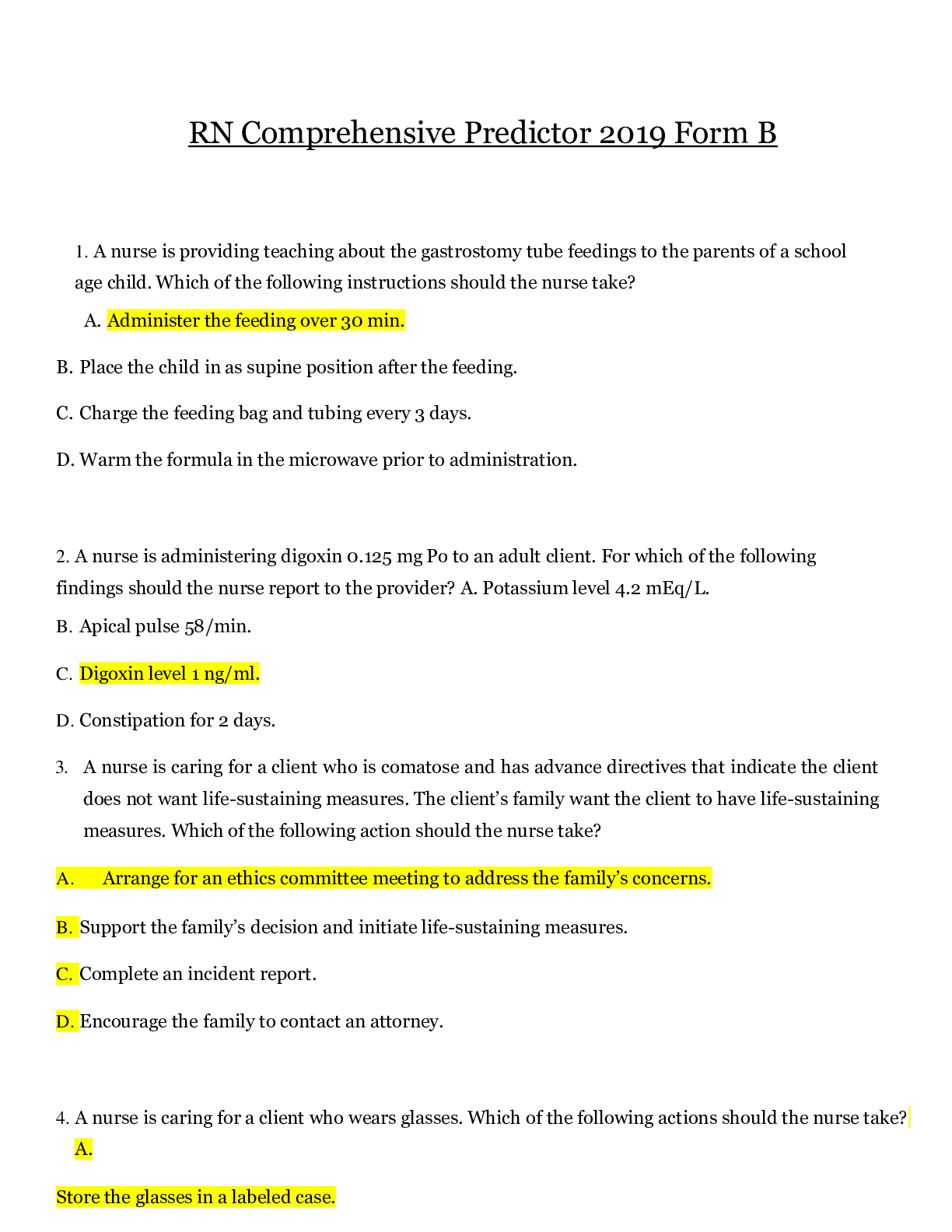
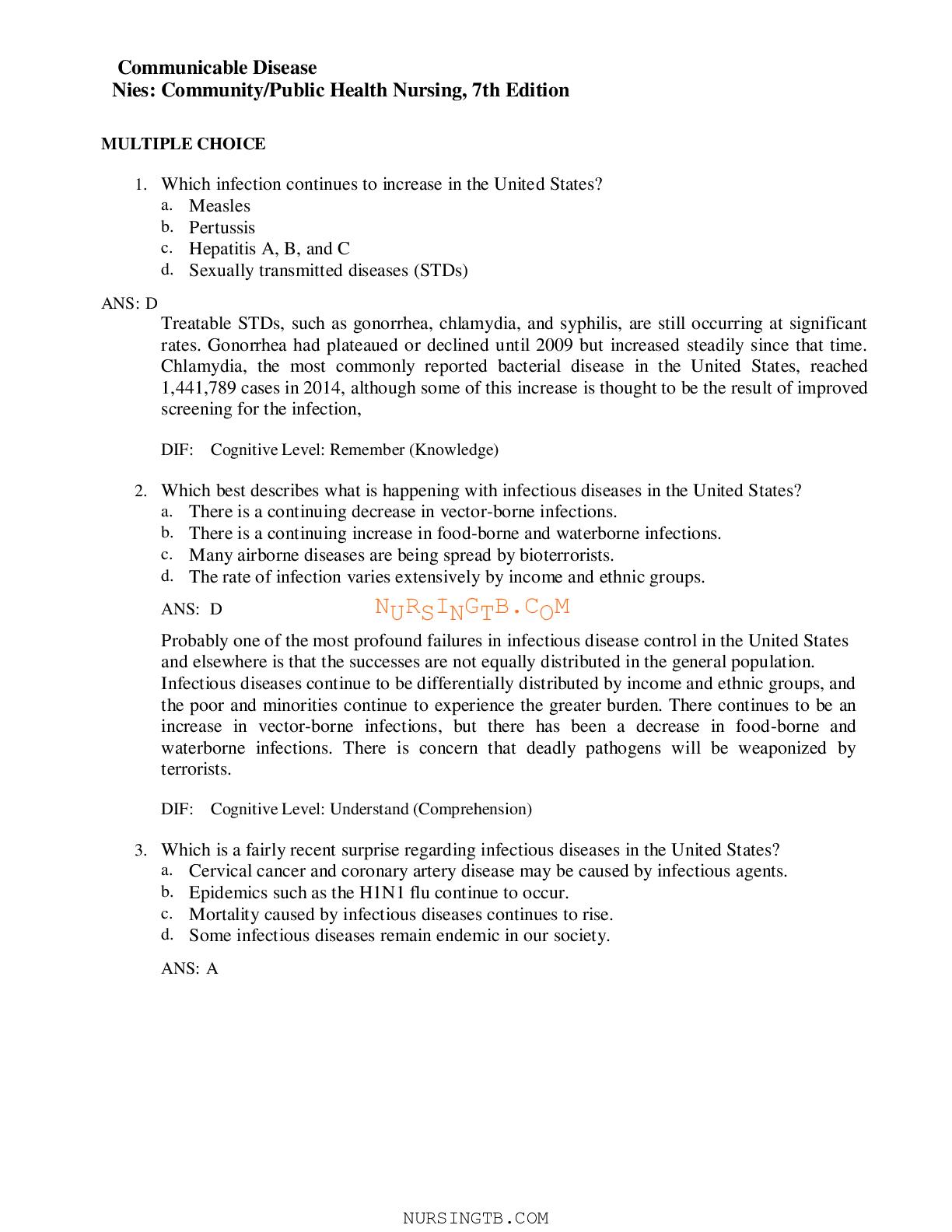
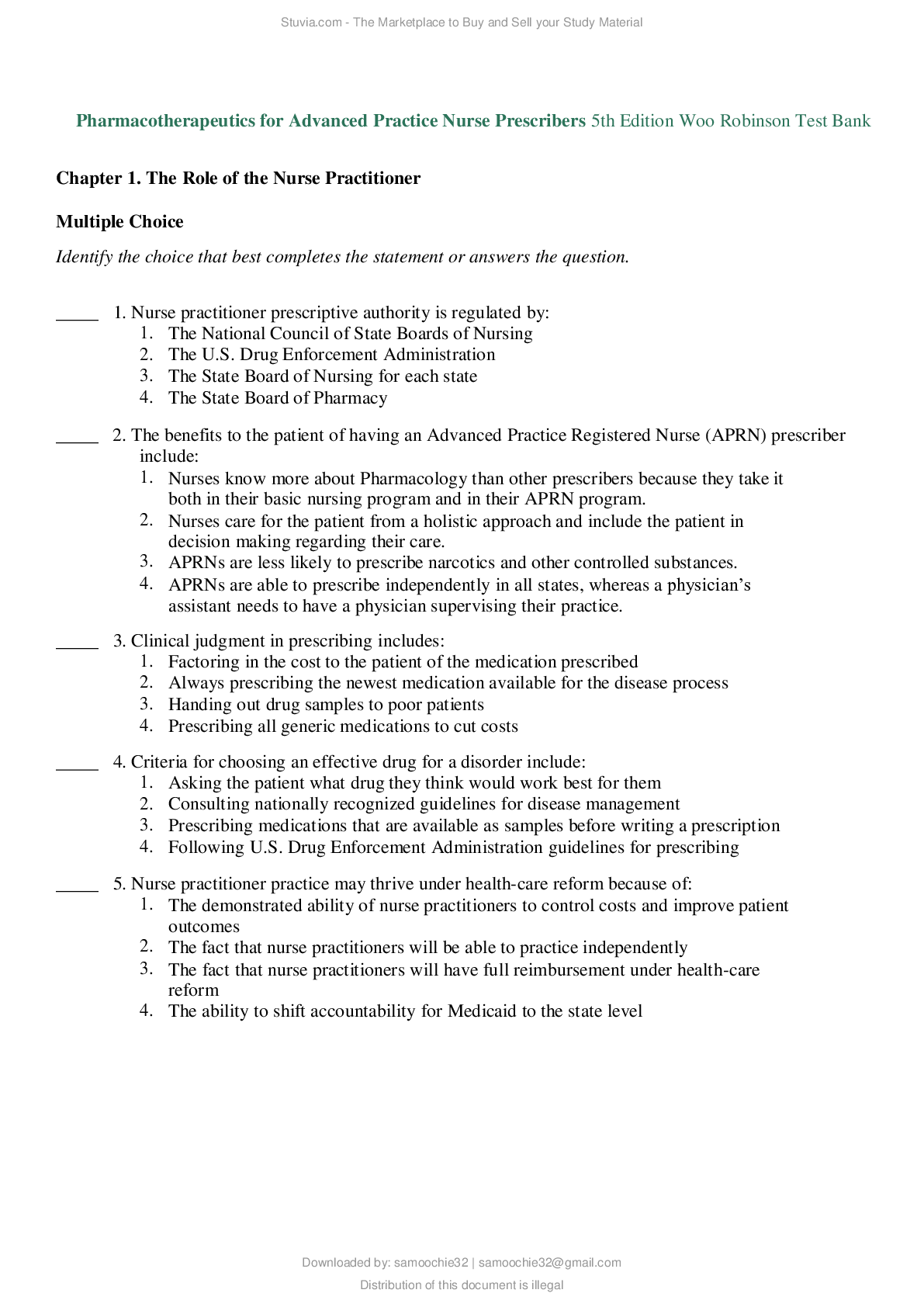

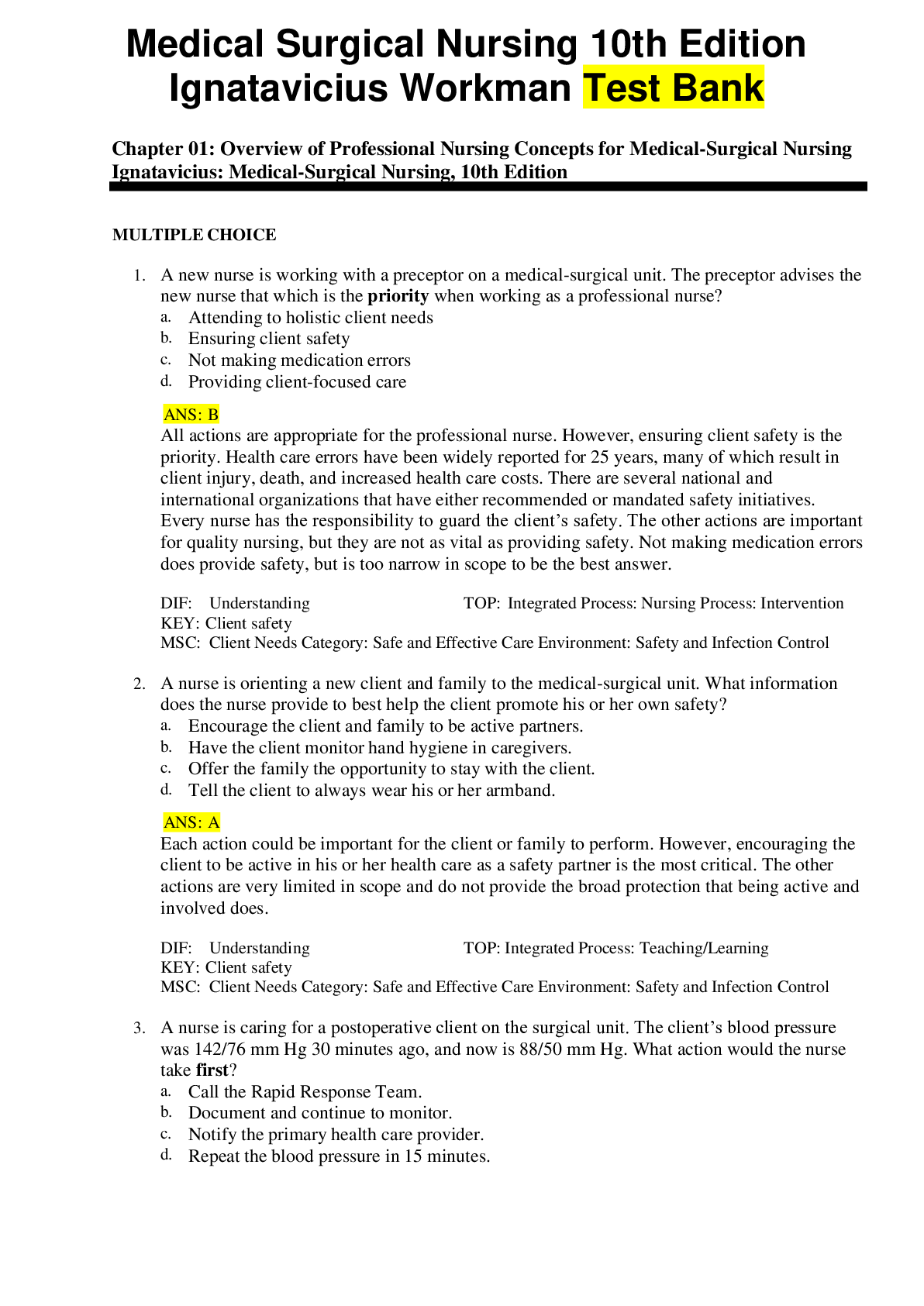

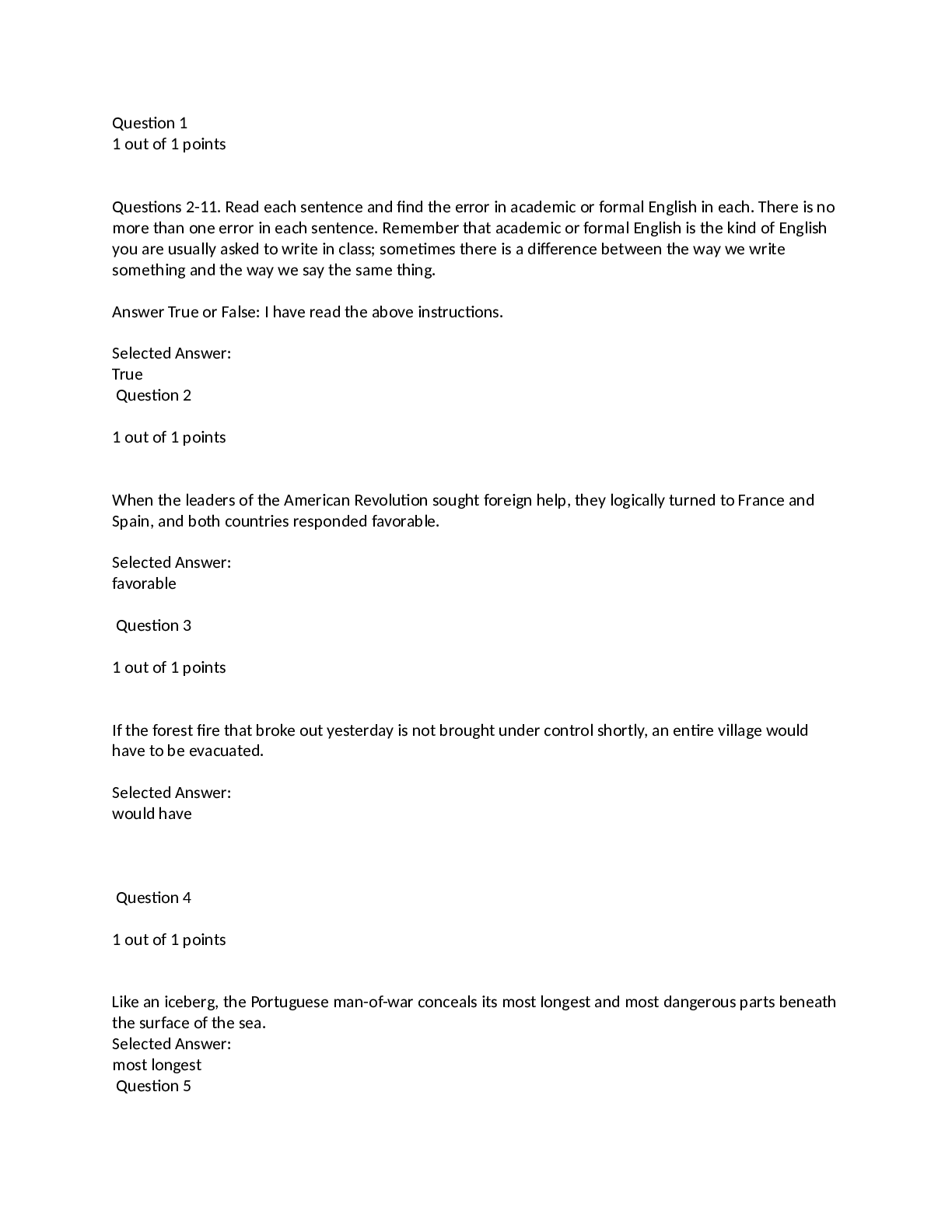
.png)
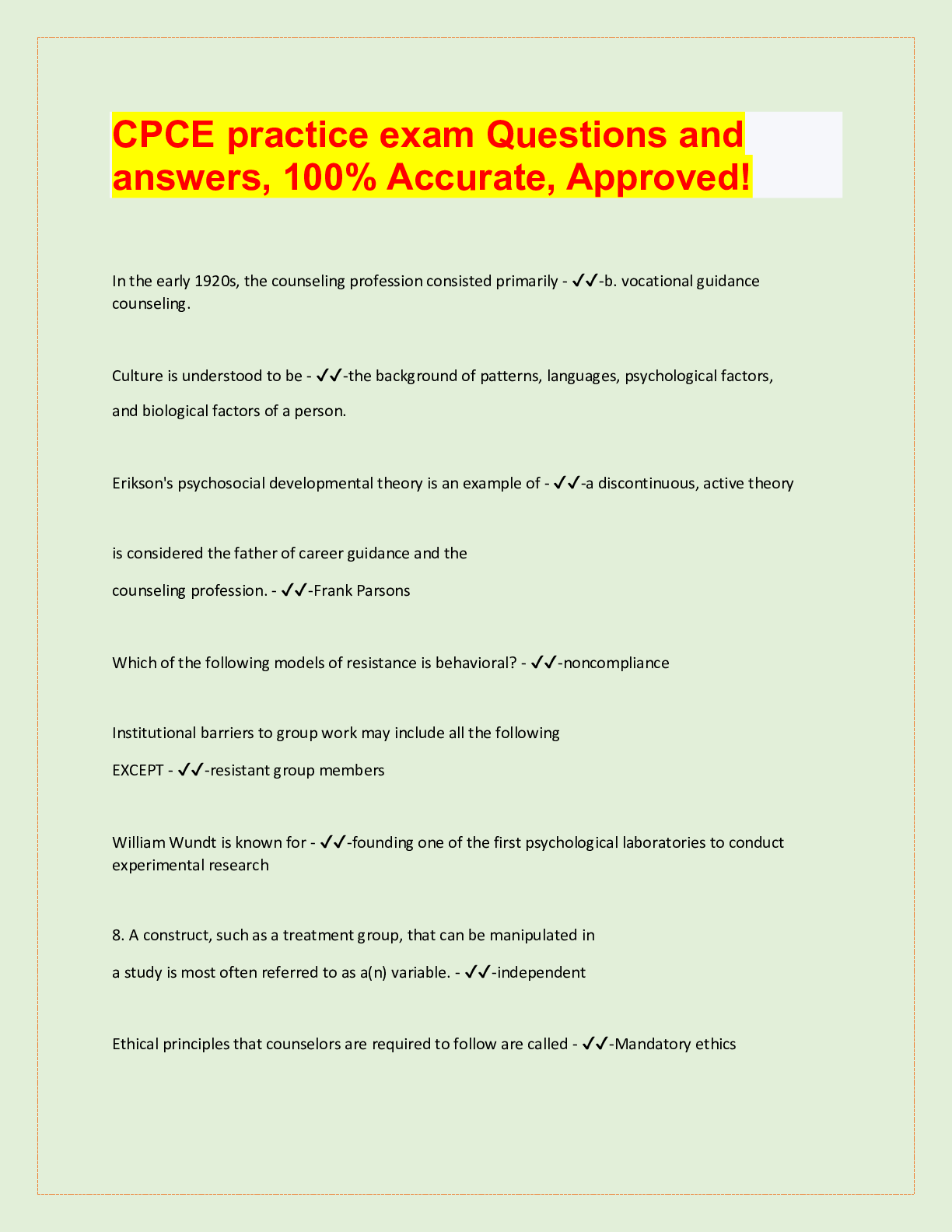
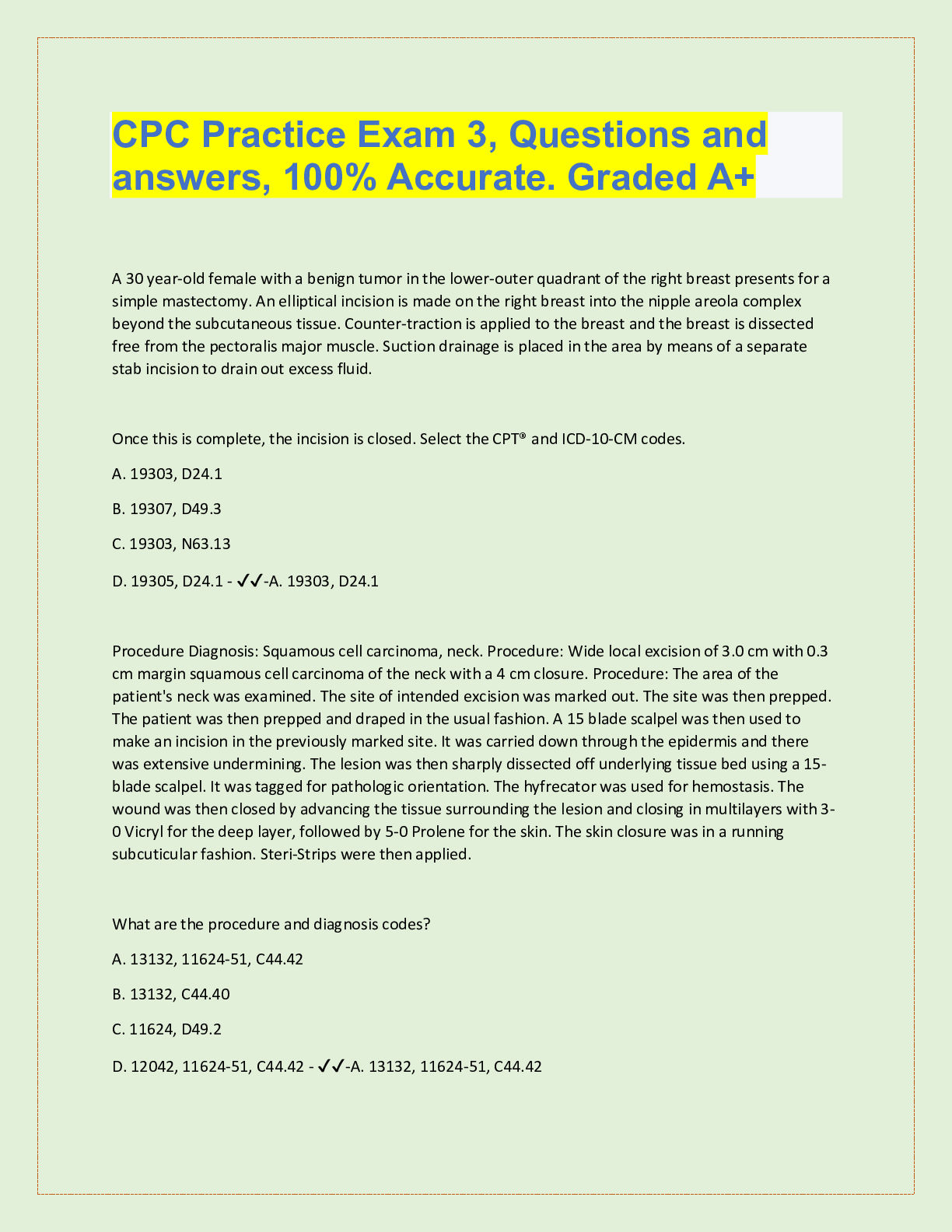
.png)


.png)


.png)

.png)
.png)
.png)


